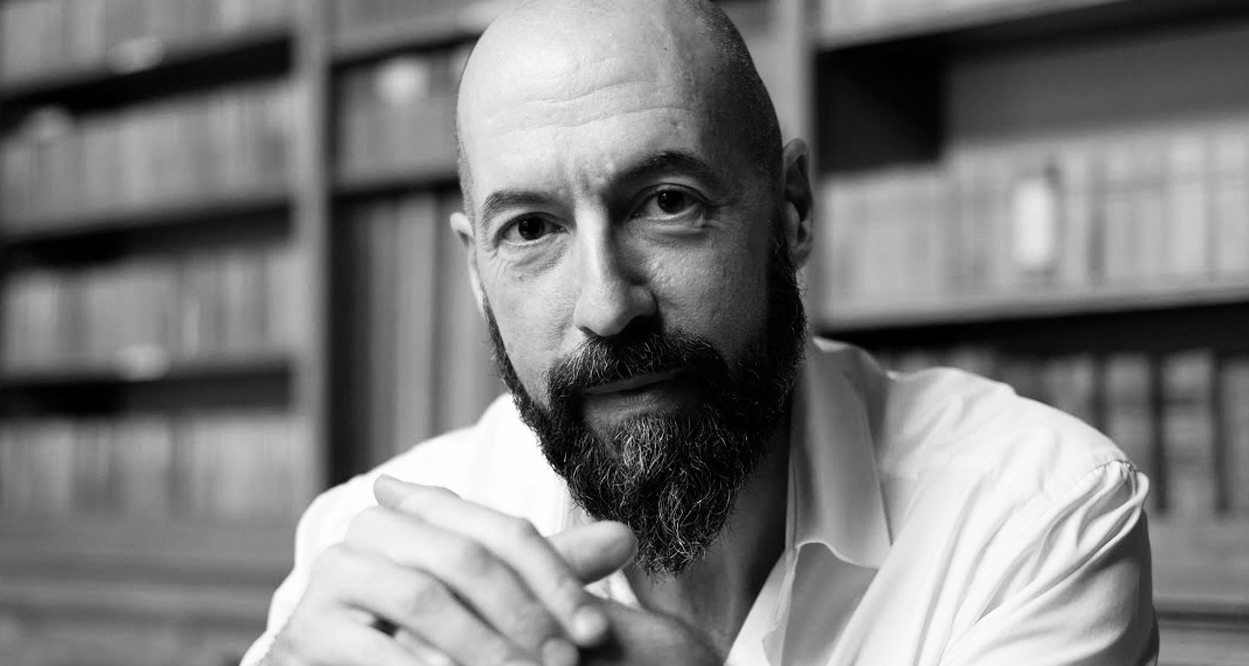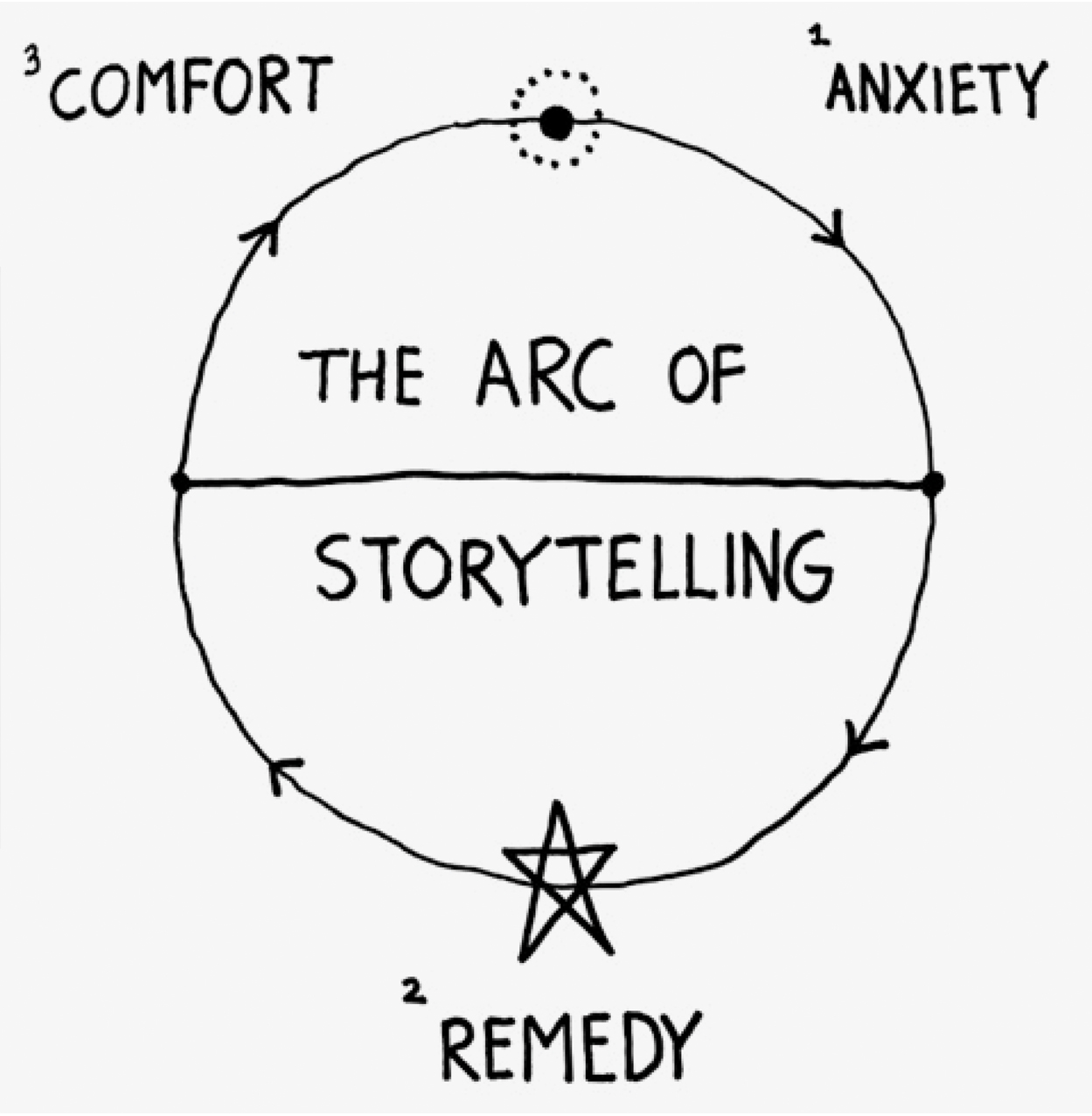
Paul Hughes—Dutch-based master storyteller, expert speaker and author—guides us on how to develop compelling and captivating stories which, for brands and businesses in the modern era, has become instrumental for success.

In ancient Ireland there were two positions which people longed to hold: The King and the Poet. The King because he ruled the people, the Poet because he moved the people.
Stories¹ move people because they create emotion. Emotion equals motion. The best stories engage us and say “you must take action”. This means that stories do not end in words, but rather they end in actions. Stories drive actions. Actions drive stories. To begin crafting² a story we begin with the actions that we wish to stimulate. Begin with the end in mind.
Stories drive actions by channelling two forces: a Transformational force and a Transactional force. The Transformational force of a story is visionary and aspirational. Transactional force of a story is practical and operational. The best story do both. For example, in Native cultures a story tells you how to kill a animal (transactional) and how to deal with the complex emotions of doing so (transformational). Too many of todays’ stories are only transactional.
The best stories engage us and say “you must take action”.
This means that stories do not end in words, but rather they end in actions.
The ARC of Storytelling³
Once upon a time… something happened… and they all lived happily ever after. Every story has three parts: a beginning, a middle, and an end. The beginning sets the scene and makes an invitation. The middle is the body of the story and makes an offer. The end is the conclusion of the story and makes a promise.
Every story therefore follows an ARC. From Six-Word-Stories to grand Epics, all stories follow a universal pattern, a universal ARC. Only the application of this ARC changes.
A story begins to set the scene by empathising with an Anxiety that other people feel. Reflecting what others feel makes a compelling invitation because it creates a sense of rapport. It is important to note that you do not create an Anxiety, but rather find one that people already feel. There are enough problems in the world that need to be solved. And find an Anxiety that you can solve. Finding the right Anxiety to solve in this regard is strategic and will inform all your actions.
Once you have clarified the Anxiety that you will solve, you then simplify your offer into a Remedy. Your Remedy is your business, your product, and your service framed in a way that solves your clients Anxiety.
You then conclude your story with the promise of the Comfort your client will feel when they use your Remedy to solve their Anxiety. This is future-pacing your clients actions and gives them a call-to-action.
Find an Anxiety, offer a Remedy, and promise a Comfort. Anxiety, Remedy, Comfort. ARC. Every story follows an ARC.
References
1. This piece is written from the perspective of Brand stories and Corporate storytelling. While these principles are consistent with the wider context of storytelling they are applied here within this specific framework.
2. The most compelling stories are found and then crafted. If I am to use the word ‘design’ this is what I mean.
3. We must ‘live our story’ to create ‘a living story’. Therefore when I speak about Story-telling it is intimately connected to Story-doing. In other words stories only work when we ‘do what we say and say what we do’.
Image Credit:
Paul Hughes portrait sourced from Paul Hughes’ YouTube video “What is a keynote speech?”